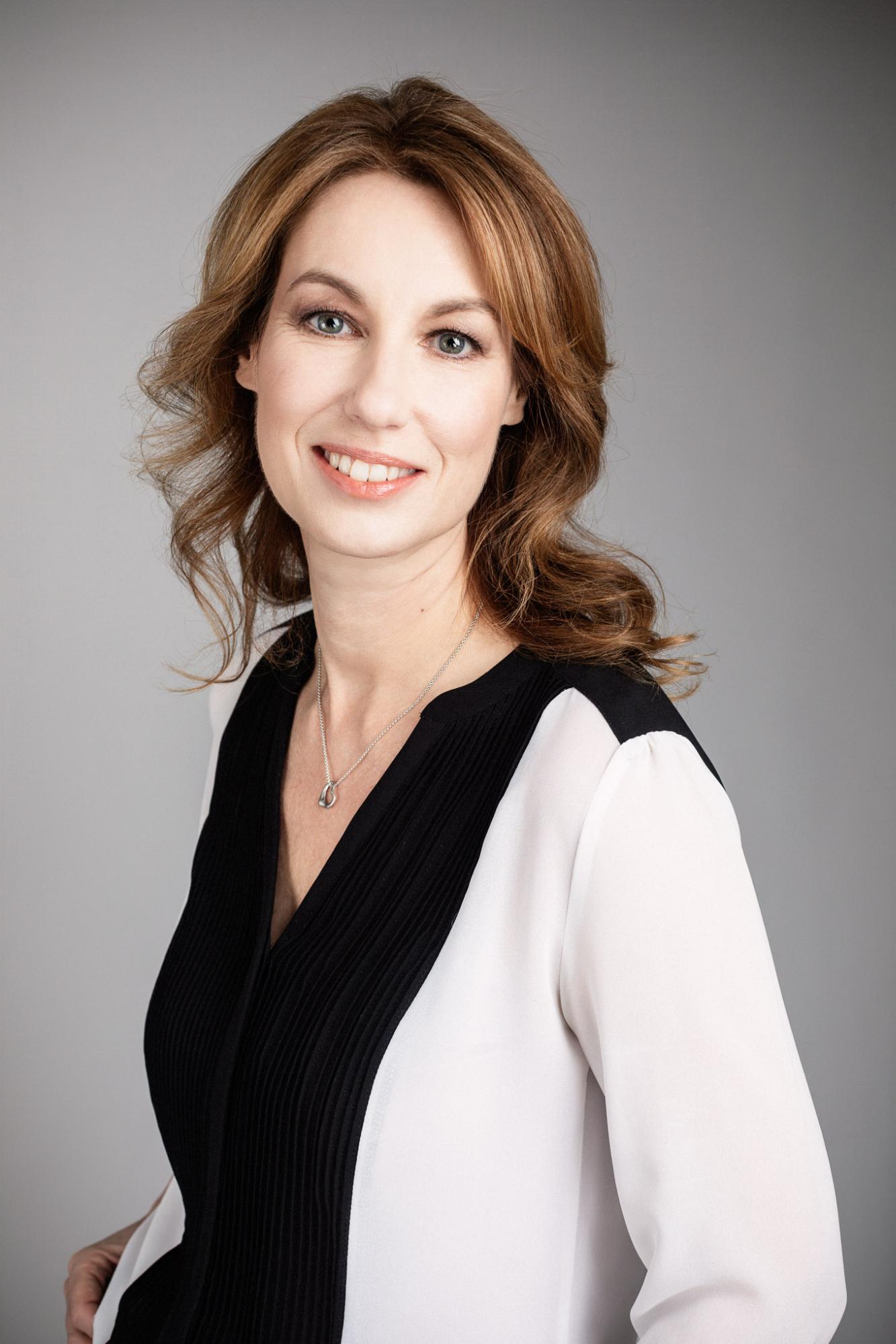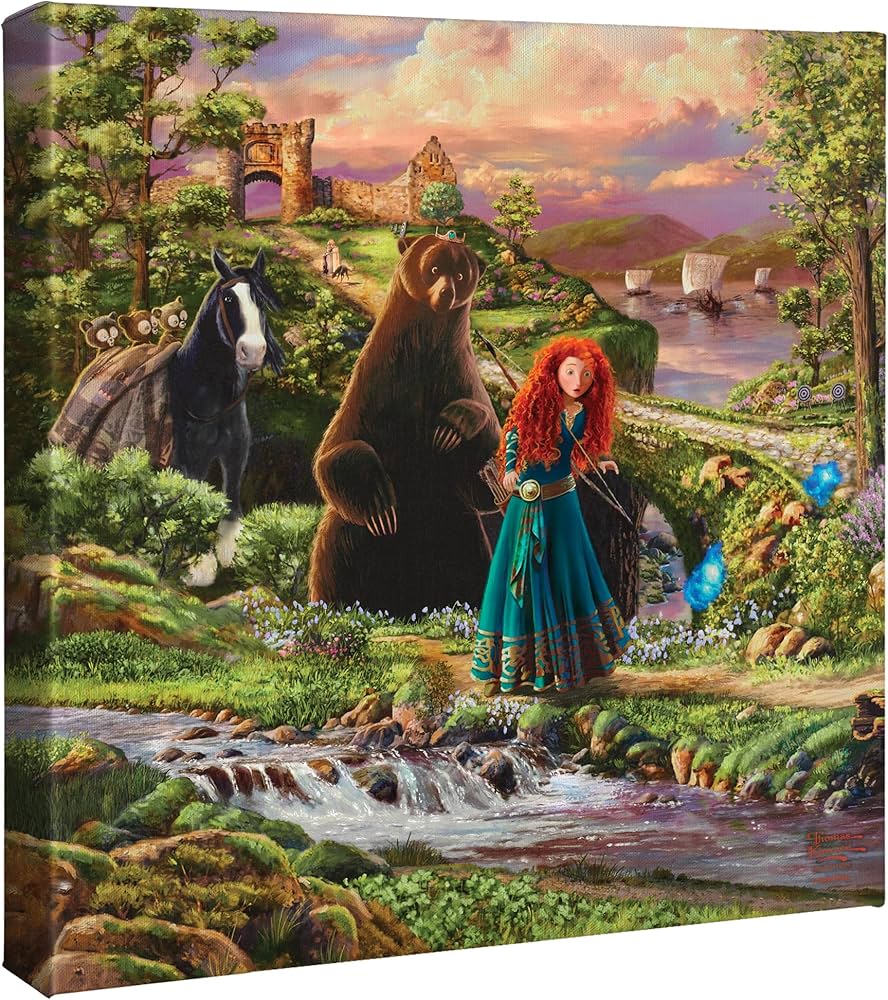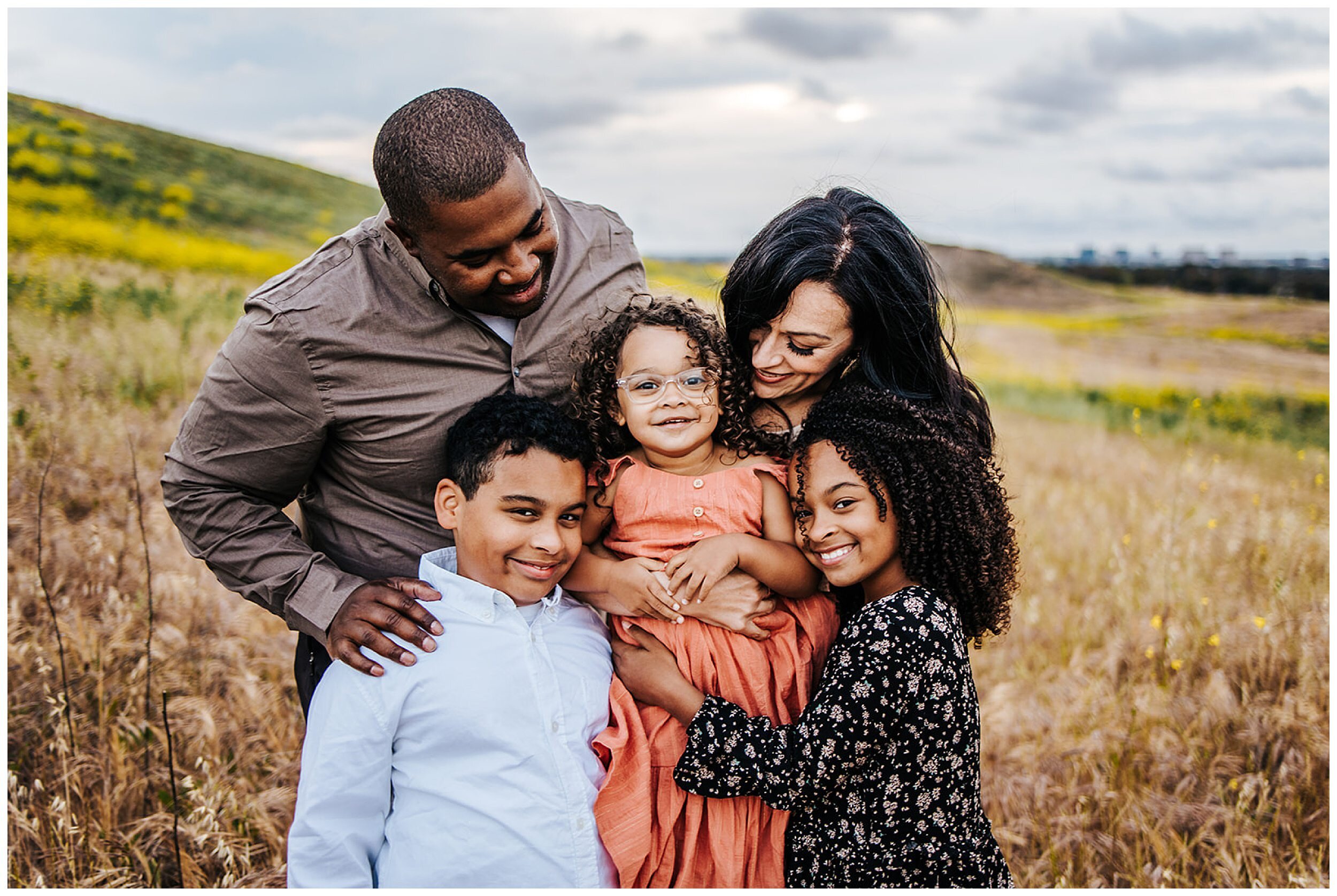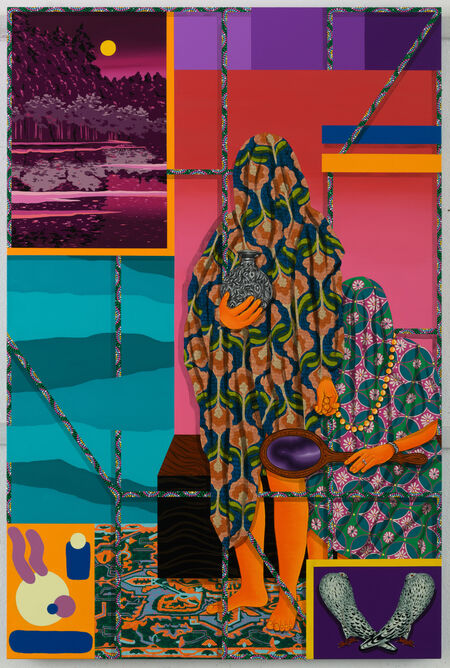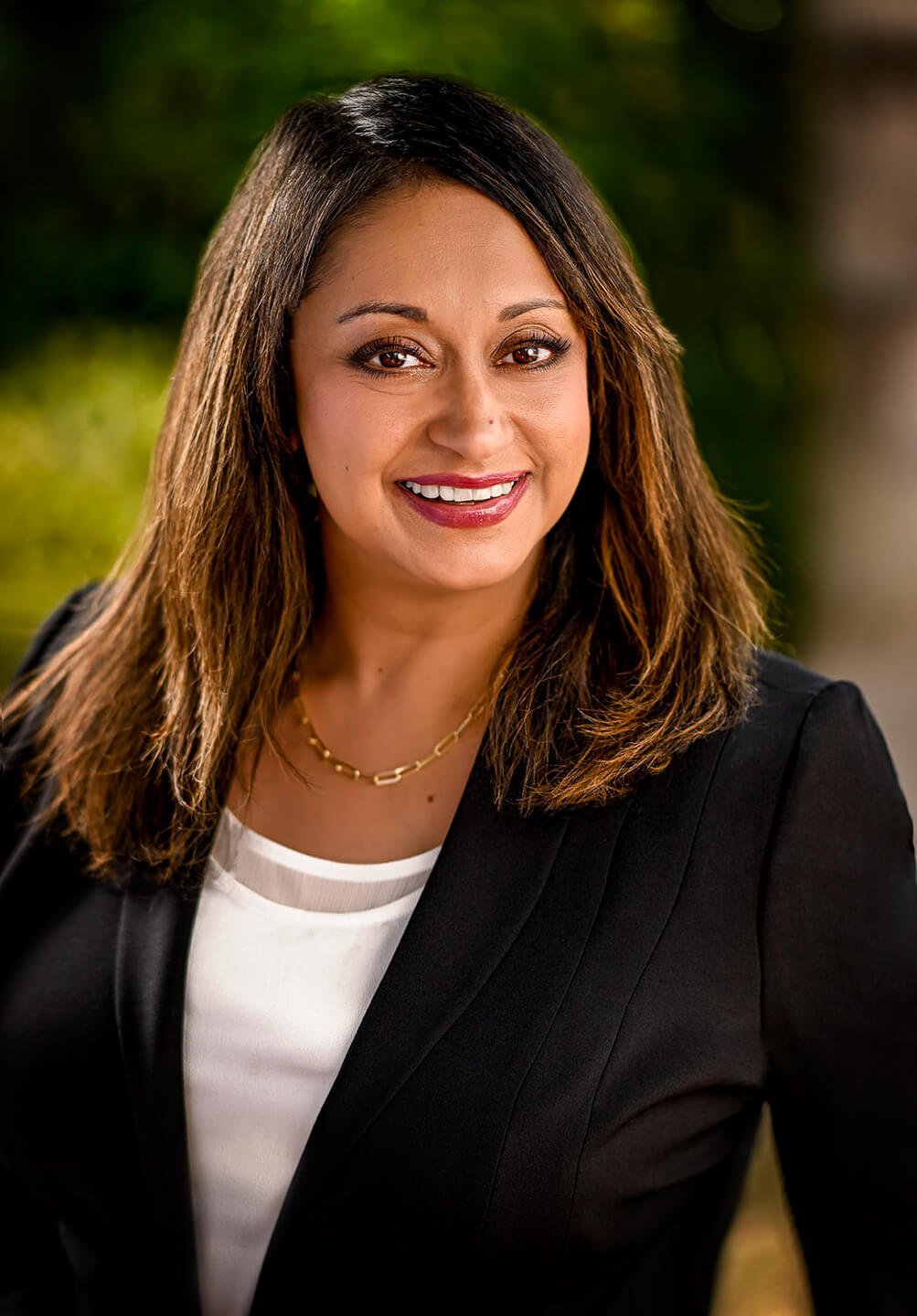
Mastering the Art of Professional Portrait Photography
The Art of Professional Portrait Photography The Art of Professional Portrait Photography Professional portrait photography is a timeless art form that captures the essence of an individual in a single frame. It goes beyond simply…


